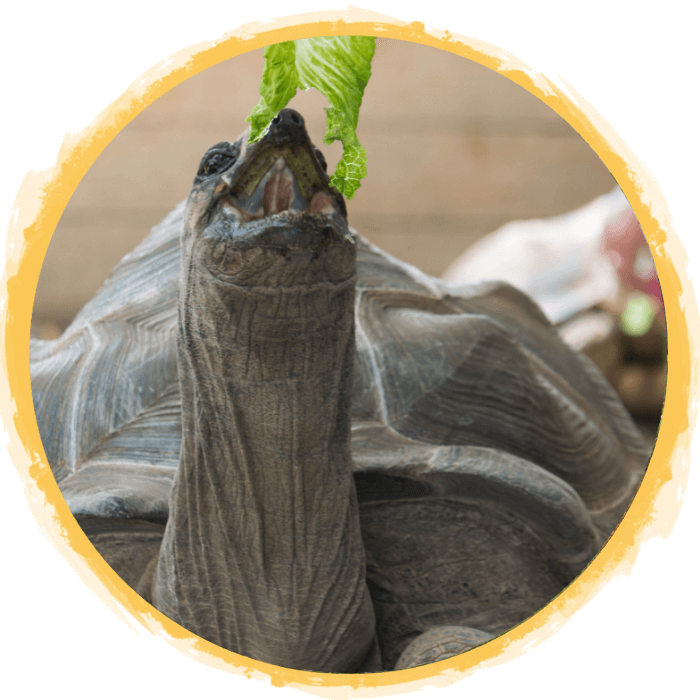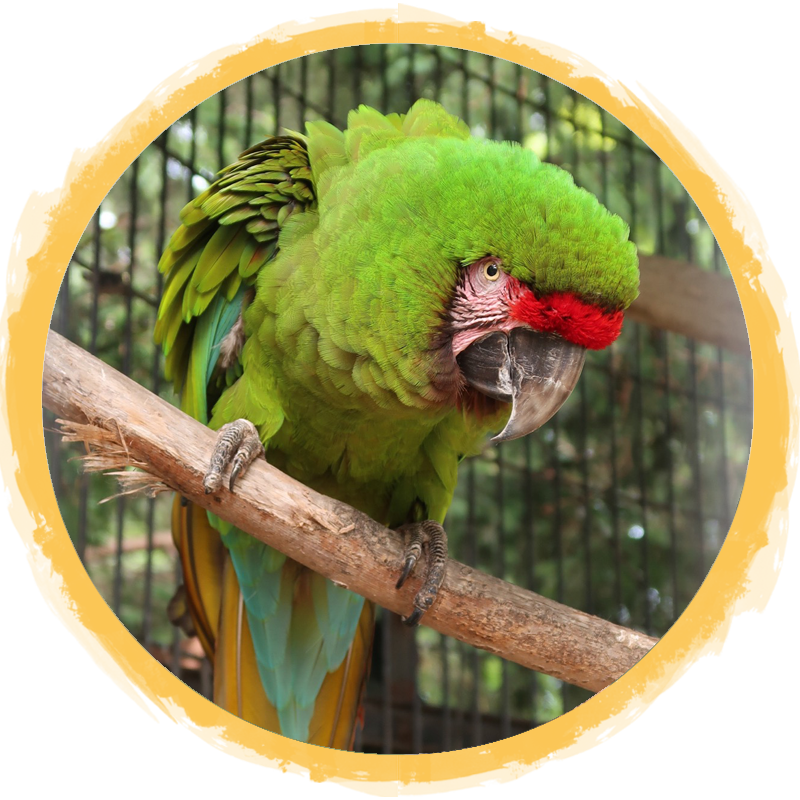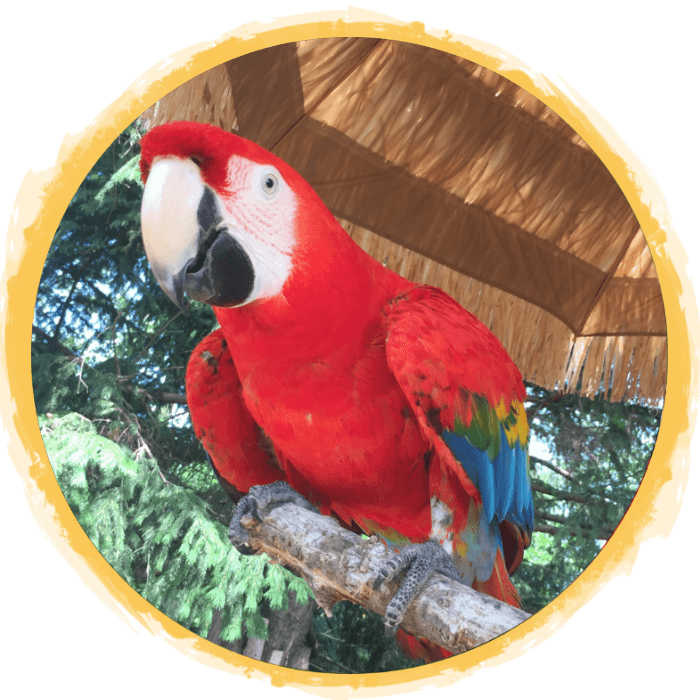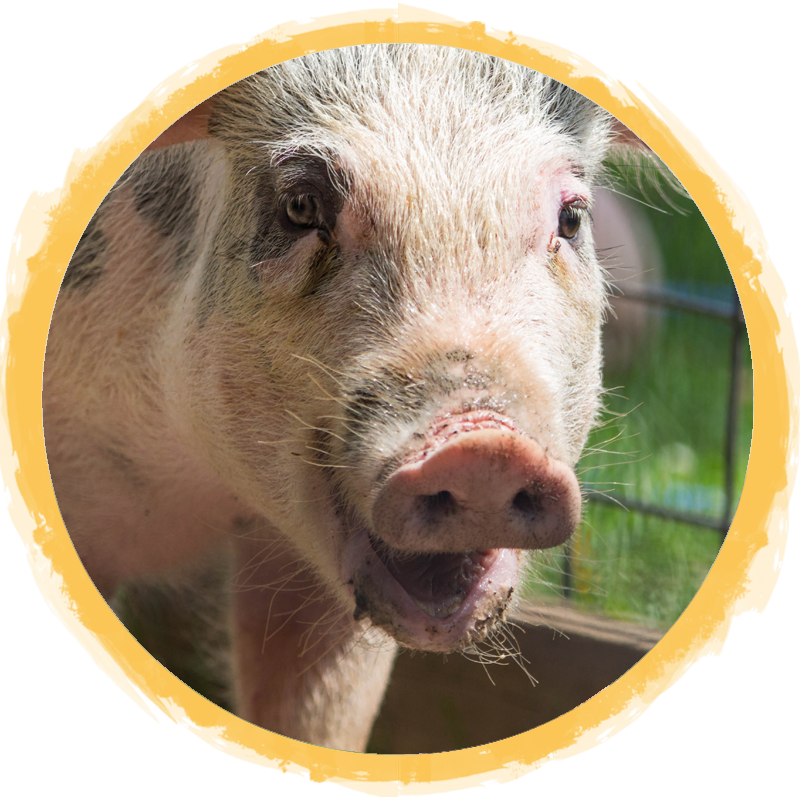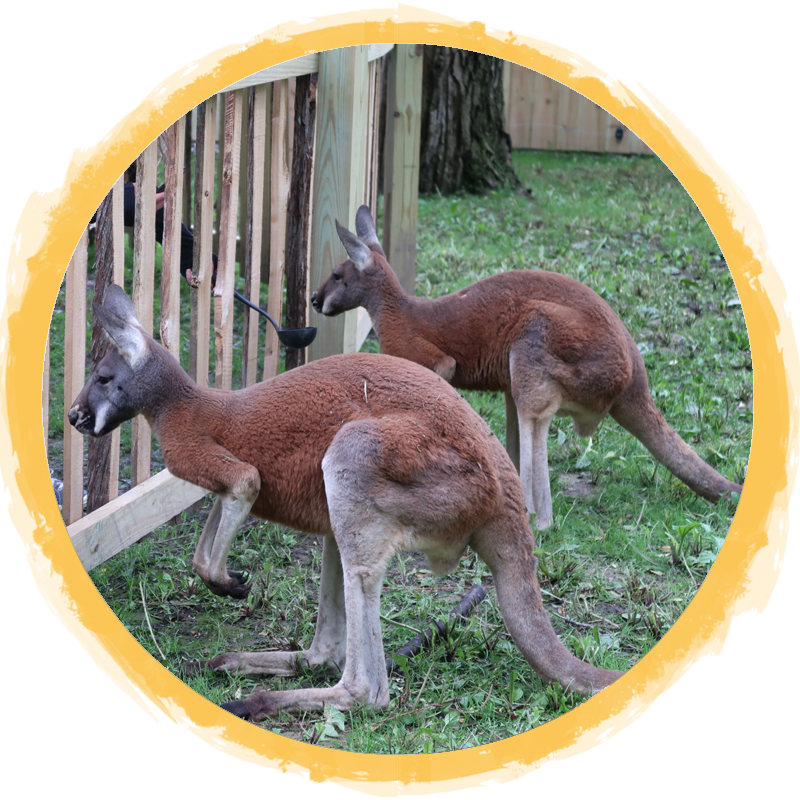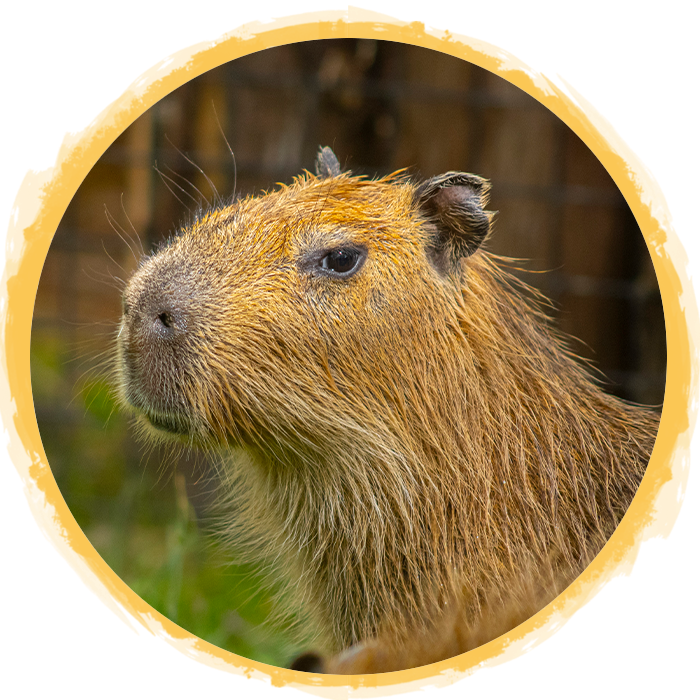(Bison bison)
The American Bison or “buffalo”, is a North American species of bison that once roamed North America in vast herds – the wild population once reached in excess of 60 million in the late 18th Century. Due to extreme commercial hunting, the population fell to just 541 animals by 1889. Today, the wild population now sits at roughly 15,000. Yellowstone National Park is the only place in the U.S where Bison have lived since prehistoric times. Those Bison are pure descendents of early bison with none of the cattle genes many bison currently have.
The Bison is the heaviest land animal in North America, and the second tallest after the Moose. Baby bison are called “red dogs” because they are orange-red in color when born in late March through May. As they grow up, they begin to turn dark brown and develop their characteristic shoulder hump and horns. Bison can run up to 35-50 mph, are strong swimmers, can spin around quickly to avoid predators and are able to jump over high fences. While they have great senses of smell and hearing, they have poor eyesight.
Bison and Native Americans lived very intertwined lives and were important in tribal culture as they provided resources and spiritual value to them.
Legislation was signed on May 9, 2016 to make the Bison the National Mammal of the United States of America.
These impressive animals are considered a keystone species, meaning they are vitally important to the Great Plains and promoting a healthy ecosystem. Their numbers have dwindled so much that they are considered ecologically extinct, meaning they are no longer playing as mcuh of an important ecological role. Also, the genetic manipulation of commercial Bison and therefore the loss of good genetics have negatively impacted Bison.
What can we do to help? Luckily, conservation efforts are in place to help the Bison increase their numbers and herds are being established. But there is still work to be done! We can support Bison conservation efforts on public and tribal lands, by advocating for bison as a species in need and supporting the organizations and national parks dedicated to helping bison. We have to work together to coexist and restore wild Bison habitat.
Fast Facts
Country of Origin: North America
Weight: 701 - 2200 lbs
Size: 5 - 6 feet tall at the shoulder
Lifespan: 15 years in the wild, up to 25 years in captivity
Diet: Cool season grasses, including sedges, compose 79-96% of their diet. In northern areas, they will also consume snow on a daily basis.

